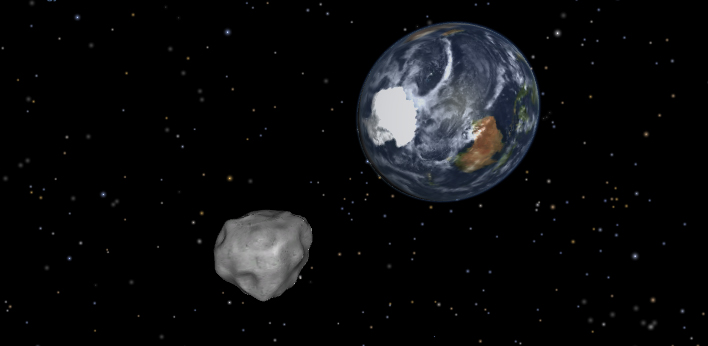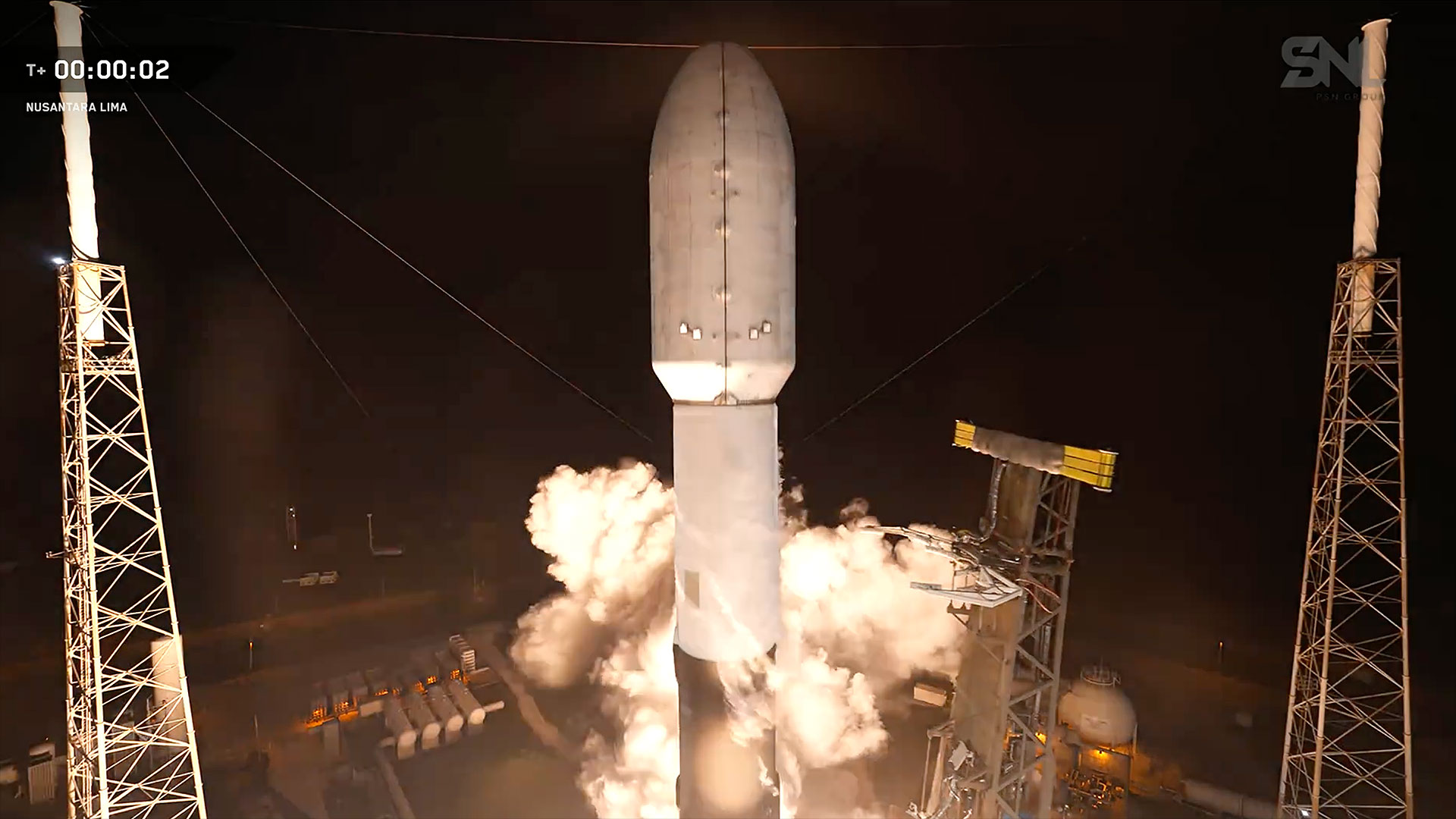Asteroid 2012 DA14: 5 Surprising Facts About Friday's Earth Flyby

While there is no chance that asteroid 2012 DA14 will hit Earth this Friday (Feb. 15), the asteroid's flyby is history-making for several other reasons.
For one thing, scientists will have the unprecedented chance to get an up close and personal view of the near-Earth asteroid, which is half the size of a football field, as it passes by the planet at a distance of just 17,200 miles (27,000 kilometers).
Here are a few strange and interesting facts about the asteroid 2012 da14 to prepare you for Friday's close approach:
This is asteroid 2012 DA14's closest pass ever
Using intricate mapping techniques, researchers have already plotted the 150-foot (45 meters) space rock's trajectory far out into the future. When the asteroid flies by Earth, the planet's gravity will force the asteroid into a new orbit that won't bring it this close to the Earth for years to come. [Asteroid 2012 DA14's Close Shave Explained (Infographic)]
Asteroids like 2012 DA14 have hit Earth before
Scientists think the "Tunguska Event" over Siberia in 1908 was caused by a 100-foot (30 m) asteroid. This space rock exploded in midair, leveling trees across 825 square miles (2,137 square km) in the region.
Breaking space news, the latest updates on rocket launches, skywatching events and more!
If 2012 DA14 did enter Earth's atmosphere, it probably would react similarly — exploding above the ground and causing destruction over a wide area, but not endangering human civilization or causing other major global problems.

2012 DA14 was discovered by amateur astronomers
Asteroid 2012 DA14 was discovered by a team of amateur astronomers affiliated with the La Sagra Sky Survey at the Astronomical Observatory of Mallorca in southern Spain on Feb. 23, 2012.
At the time, the asteroid was about 2.7 million miles (4.3 million km) away from Earth. After the group reported the finding, NASA and other space agency scientists began tracking the asteroid to track its path and make sure it posed no threat to the planet.
Its closest approach point will be over Sumatra
On Friday, when asteroid 2012 DA14 approaches within 17,200 miles (27,000 kilometers) of Earth, it will be over Sumatra, Indonesia at its closest point while zipping by the planet. That's just one-thirteenth the average distance from Earth to the moon.
At its closest approach on Friday at 2:24 p.m. EST (1924 GMT), the asteroid will be 5,000 miles (8,000 km) closer to Earth than the ring of geosynchronous communications satellites in orbit around the planet. Still, the satellites and the planet are safe from impact, researchers say.
Asteroids like 2012 DA14 fly by Earth every 40 years
Based on a statistical analysis, NASA researchers have found that asteroids like 2012 DA14 only graze Earth this closely once every 40 years or so. Similar asteroids can actually hit the Earth once every 1,200 years.
Larger asteroids are even less likely to give the planet such a close shave. NASA researchers say that their Near Earth Object Program has helped to detect and track 90 percent of the largest near-Earth asteroids, and so far none of these behemoths are known to pose an impact threat in the foreseeable future.
NASA will also be live-streaming the flyby via a telescope at NASA's Marshall Space Flight Center in Huntsville, Ala. from 6 p.m. to 9 p.m. ET (2100 to 0200 Feb. 16 GMT) on Friday.
Visit SPACE.com each day this week for our complete coverage of asteroid 2012 DA14's flyby.
Correction: This article was updated at 5:15 p.m. ET. In an earlier version, the second paragraph incorrectly stated that the asteroid is "half the size of a football." The asteroid is actually aproximated at half the size of a football field.
Follow Miriam Kramer on Twitter @mirikramer or SPACE.com @Spacedotcom. We're also on Facebook & Google+.

Join our Space Forums to keep talking space on the latest missions, night sky and more! And if you have a news tip, correction or comment, let us know at: community@space.com.

Miriam Kramer joined Space.com as a Staff Writer in December 2012. Since then, she has floated in weightlessness on a zero-gravity flight, felt the pull of 4-Gs in a trainer aircraft and watched rockets soar into space from Florida and Virginia. She also served as Space.com's lead space entertainment reporter, and enjoys all aspects of space news, astronomy and commercial spaceflight. Miriam has also presented space stories during live interviews with Fox News and other TV and radio outlets. She originally hails from Knoxville, Tennessee where she and her family would take trips to dark spots on the outskirts of town to watch meteor showers every year. She loves to travel and one day hopes to see the northern lights in person. Miriam is currently a space reporter with Axios, writing the Axios Space newsletter. You can follow Miriam on Twitter.
